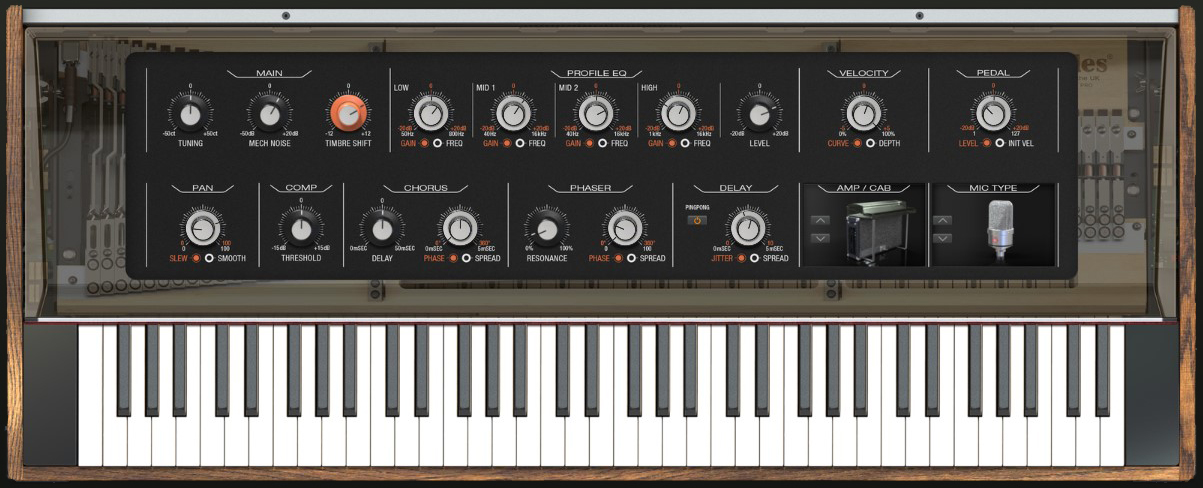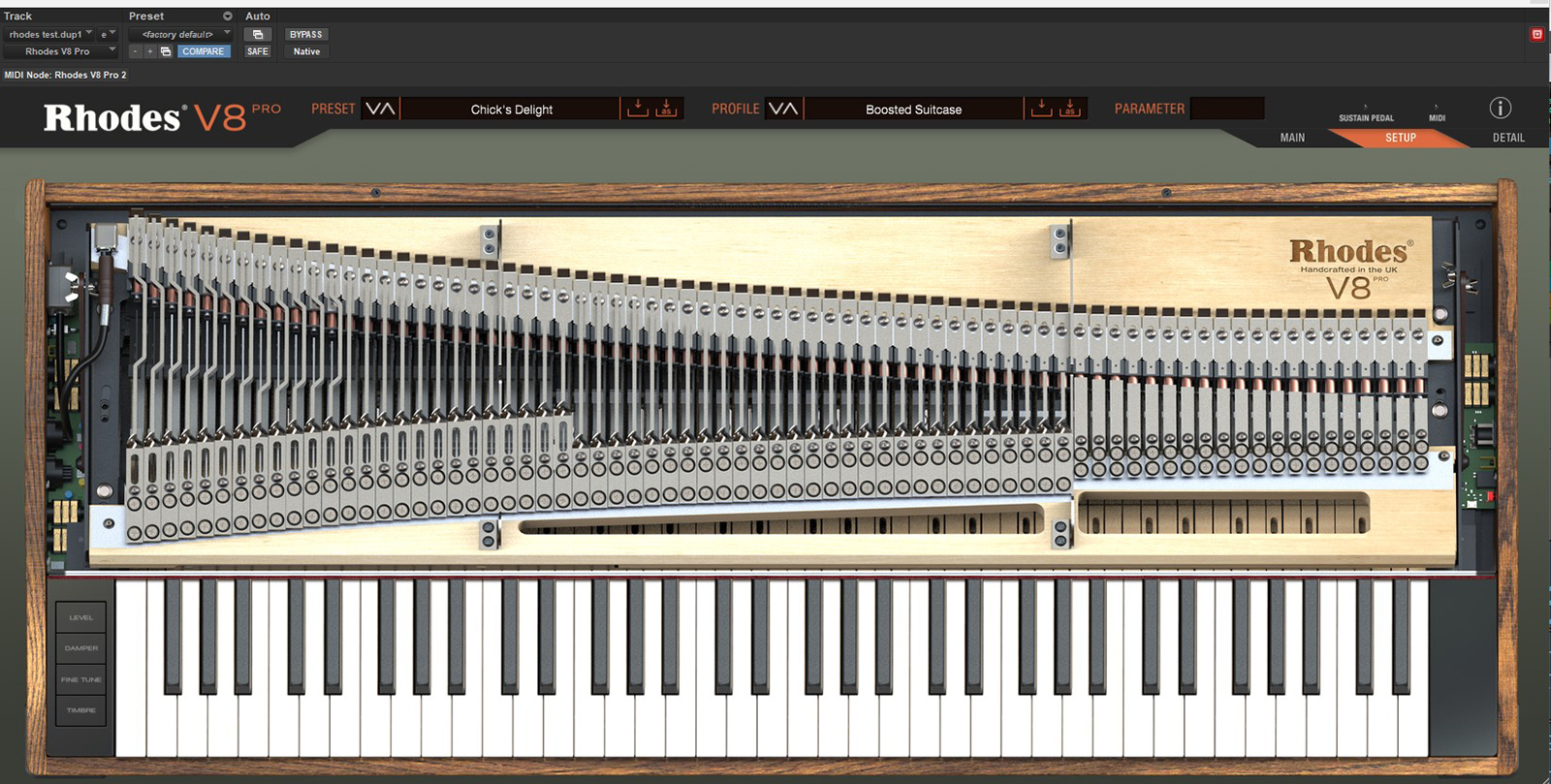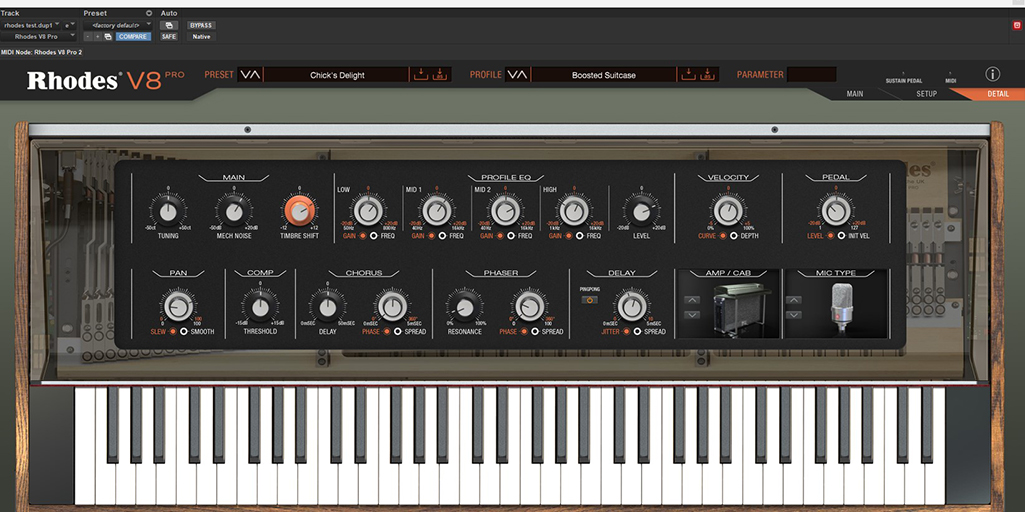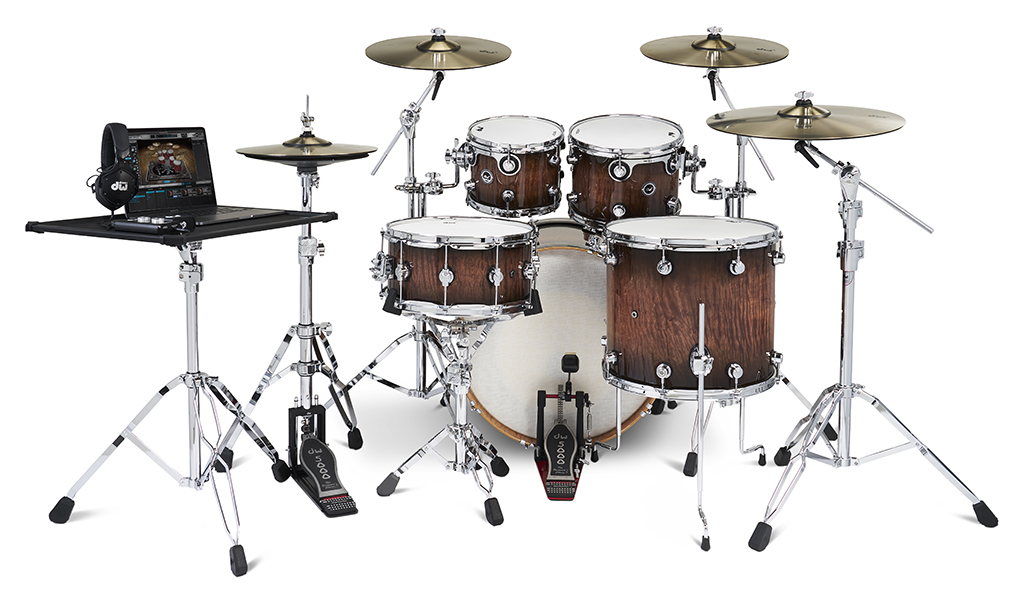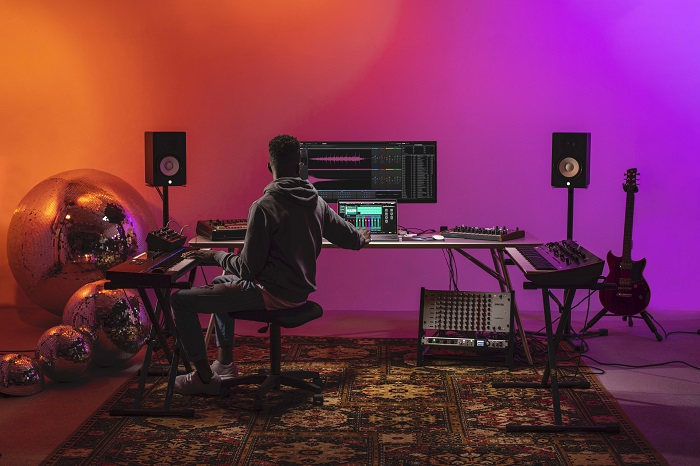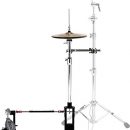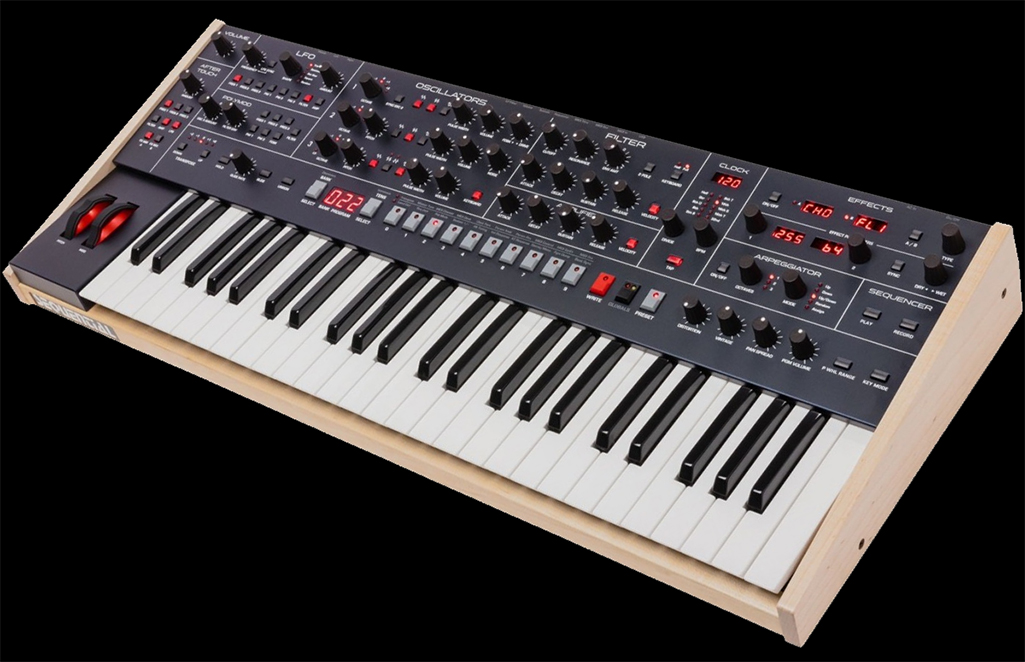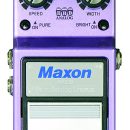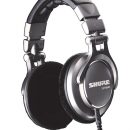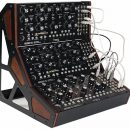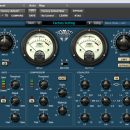Although we love our modern and classic electronic synths, our studio also showcases a love for electromechanical instruments too. We have a real Mark I Rhodes circa 1977 in the studio, and there have been many plug-ins over the years that virtually recreate this fine instrument (some of which we have reviewed and used in our own productions).
However, there has also been a great deal of activity to bring a real hardware Rhodes piano to the modern era, with Rhodes (the company, not Harold Rhodes, the original inventor who passed away in 2000) most recently releasing a real hardware Rhodes piano, the Rhodes Mk 8. Based on their own hardware—which was pioneered by Dan Goldman’s wizardry, we now have the plug-in virtual version: the Rhodes V8 (and V8 Pro). We received the Pro version to review and were quite pleased with how great it sounded, and how customizable the sound was. Although a bit on the pricier side, this definitely has a place in a modern pro studio. Not to mention, it is certainly far cheaper than any hardware version, past or present!
Features
The plug-in comes in two versions: V8 and V8 Pro. As you can imagine, the Pro version has more bells and whistles, including more presets, savable setup profiles, amp simulations, effects, mic models, and overall, much more control over sound sculpting. It runs on M1 and Intel Macs (Catalina and higher), as well as Windows 10 and higher. The version we reviewed was version 1.1.
The specs for the Rhodes V8 Pro version are as follows:
- 208 Presets
- 120 Profiles (piano setups) which are editable and can be saved
- Three amps and two mic models
- Preamp section that includes Volume, Envelope, Drive, EQ, Rate,
- Depth, and Waveforms (Square, Ramp, Triangle, Sine), and Audio Rate
- Modulation (Ringmod effects)
Effects section that includes:
- VCA Compressor with Amount and Make-Up Gain
- BBD Stereo Chorus with syncable Rate and Depth
- VCA Stereo Phaser with syncable Rate, Depth
- BBD Delay with midi-syncable Time, Feedback, Mix
Set-up editing that includes:
- Per-note editor for piano setup parameters
- Timbre, Damper, Tuning, Level lanes
Additional details that are editable:
- MAIN Section with Tuning, Mechanics Volume and Timbre Shift
- PROFILE EQ: Low, Mid 1, Mid2, High with Gain and Freq each, EQ Level
- VELOCITY: Curve, Depth
- Pedal Noise: Level, Init Velocity
- Extended Parameters for Pan and FX
- VARI-PAN: Slew, Smooth
- COMP: Threshold
- CHORUS: Delay, Phase, Spread
- PHASER: Resonance, Phase, Spread
- DELAY: Pingpong On/Off, Jitter, Spread
- AMP Simulation
- AMP/CAB selector with 4 Amp models: Suitcase, Twin, Lab 5, Jazz
- MIC TYPE selector with Dynamic and Condenser Mic
For those less familiar with an actual Rhodes Piano, there are no Curtis chips or oscillators; there are also no strings! Although there is a piano-style keyboard, hammers are physically hitting metal tines instead of strings. These tines vibrate over a pickup, not unlike the mechanism of an electric guitar. Just like how a guitar is set up and then amplified (not to mention played!) can greatly affect how it sounds, a Rhodes piano is the same. The Rhodes V8 Pro allows for this optimization, right down to individual notes. Although the presets sound good, for those of us who like to tinker (which is true for most Rhodes afficionados), this is great!
Usability
Installation was pretty easy. Basically, download a small initial app, which you then run which downloads and installs the plug-in. We ran the plug-in within Pro Tools, on both Mac (Intel) and Windows environments, and there were no problems on either.
When you load up the plug-in, you get a graphical representation of what sitting in front of the Rhodes Mk8 would be like. This is the main screen, and you can toggle between all three interface screens via tabs in the upper right corner: Main, Setup, and Detail. While the GUI window can be adjusted as you would adjust any window, we do think some of the typeface on the controls and tabs were a bit on the small side. Not a deal breaker by any means, but we had to adjust the window to maximum size to see everything as clearly as we would like (and no, we don’t need glasses!).
The Main page shows the keyboard and mirrors graphically what is being played. There are controls for preamp, equalizer, vari-pan, compression, chorus, phaser, and delay on this page. Many of the knobs on this page are “knobs within knobs,” with the outer perimeter independently controlling a different parameter than the inner knob. This can be mouse controlled, but fortunately there is MIDI learn. We right clicked the knob of choice, and clicked on “Learn MIDI CC”, and then using an Arturia Keylab Mk2 88 key controller, turned a knob of choice, and in seconds it was assigned and done. This was really easy and definitely made tweaking the settings simpler than working by mouse.
One small thing we think could be better is that some of the controls are assigned absolute numerical values, and the values appear elsewhere on screen, in the Parameter box in the upper right side, further away from the control knob you are adjusting. We would have preferred that once you start moving, for example, the Vari-pan knob, the values you are scrolling though appear hovering in a box near the control as opposed to the far-away box.
The Setup page was pretty cool. Much of the Rhodes sound comes from how the dampers and tines are set up, and this screen lets you do just that. Here, you get an overhead view as if you were looking down from on top of the Rhodes. When initially loading this screen, all four parameters are color coded where they would be adjusted on an actual Rhodes. These include Level, Damper, Fine Tune, and Timbre. It looks like so:
On the bottom left is where you can toggle each “zone” of control on or off. Toggling them all off gives you a view of the hardware itself, which looks like so:
To adjust any given note, just go the bar in the section of the note you want to adjust and use the mouse to slide the value up or down. This works perfectly fine, but there are two things in this section we think would be useful to add. First, if there was a way to assign the graphic adjustment bar to a slider on a MIDI keyboard, that would be a great way to adjust values as an alternative to the mouse. Second, an Undo function would be welcome if something was adjusted accidentally (or the result wasn’t liked), as opposed to manually trying to find the value it was previously.
The third screen is the Detail view. Here, you will find controls for tuning, mechanical noise, EQ, velocity, pedal noise, panning, as well as the effects controls: chorus, phaser, delay, and the amp and mic type. Similar to other screens, we do wish some of the typefaces were larger, but everything was well-laid out and easy to navigate. Although no specific names were used in the GUI, the amps are represented by graphics that unquestionably indicate a Roland Jazz Chorus amp, a Fender Twin Reverb, and the original Mk I/II Suitcase amps. The other amp simulation appears to be the Lab Series L5 amp, a solid-state amp from the ‘70s that may not be as well known as the other amps with Rhodes pianos, but has a following nevertheless. Reportedly manufactured by Norlin, the parent company of Gibson and Moog at the time. Neat!
The mic choices, again not named, are likely a Neumann M49 and Shure SM57.
This screen looks as so:
Small type aside, we found the interface user friendly and easy to get around. Given you’re not dealing with oscillators and filters on a synth, getting around and making changes is easy and even fun to do.
One thing we did want to mention. We used an Arturia Keylab Mk2 88 keyboard controller, and the action is well-known to be a little on the stiff side. When using it with the Rhodes V8 plug-in, we initially were concerned that it was difficult to get nuanced playing, changing from smooth and silky to bark and bite was rather abrupt (based on how hard you strike the keys). Fortunately, we greatly alleviated this problem by adjusting the Velocity curve and depth settings from the Detail screen. This made a world of difference in getting the musicality and expression the Rhodes is known for. Don’t underestimate this knob!
Sound
There are 208 presets, organized into categories: Factory Defaults, Artists, Pure Rhodes, Classic Rhodes, Dirty and Amped, Mod & FX, and Experimental. Really, these all sound great. Rhodes sounds can be smooth and silky, spacey, or have a little bit (sometimes a lot!) of bite and bark. It’s all here. What we particularly liked was the focus on Rhodes sounds in all their incarnations. Sure, there is an “Experimental” section, and some of these sounds push into near-synth territory (“Ripples On The Water” was one of the funky presets we liked that fit into this category), but this plug-in is really more about all the various incarnations of the classic Rhodes sound. Since everything is editable in the Pro version, you really do have the ability to “make it your own,” whether from scratch or modifying a preset. Being able to alter the tine/damper setup on a note-by-note basis is very much in the spirit of a hardware Rhodes.
We particularly liked a number of presets. We liked the “V8Pro Default and Phaser,” and while nice by itself, we also like dirtying it up a little with a adding a the tube amp (Fender Twin), and a hint of preamp drive. We also like the clean, even tones of the “MK1 + L5+Dynamic” preset, which didn’t even need much velocity curve adjusting on our keyboard. And, since we have a real Mk1 here in the studio, that was perhaps part of the appeal!
Recording-wise, we got a much cleaner signal from the plug-in than an actual Rhodes into vintage effects (which sound great but are often analog and noisy) and then into the recording interface. It was also very interesting on this preset (and really, any preset) that the Profile (which really represents the setup) could be changed with its own set of variations without changing the rest of the preset. You can hear the differences between, for example, a MkI, a MkII, and Dyno-My-Piano setup, each with their characteristic tones.
The only thing that might have been cool to add would be a preset sub-list of Rhodes sounds from specific songs, like “Sunshine of My Life” or “Riders of the Storm,” for example. All the famous sounds are in here, but you’ll have to dig a bit to find them.
Documentation and Support
Within the plug-in there is a well-written manual that goes through every control and explains what each does very clearly. Additionally, there are a number of sound clips on the website that show off some of the preset sounds. There aren’t any videos on the website, though it is unlikely you would need them to get started.
Price
The Rhodes V8 sells for $179.95 USD, while the V8 Pro sells for $299.95. While this is a little on the steep side compared to some of the competitors, many of the less expensive plug-ins use modelling and not real samples. However, the Rhodes V8 Pro seems to provide just as many tweakable parameters as a modelled plug-in, and it sounds great, which, at this price—and coming from the parent hardware company—it should! If you are in the market for a Rhodes plug-in, this one should definitely be at the top of your list.
Contact Information
Rhodes
www.rhodesmusic.com

